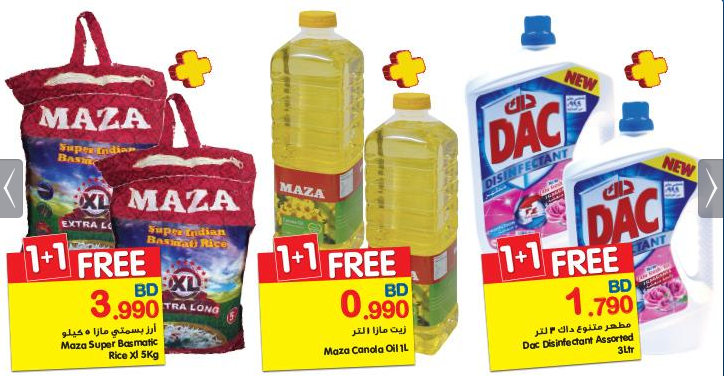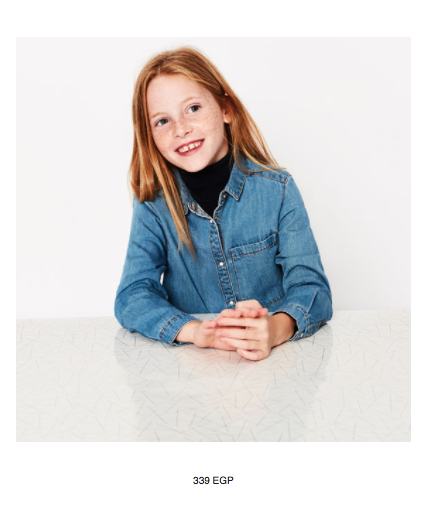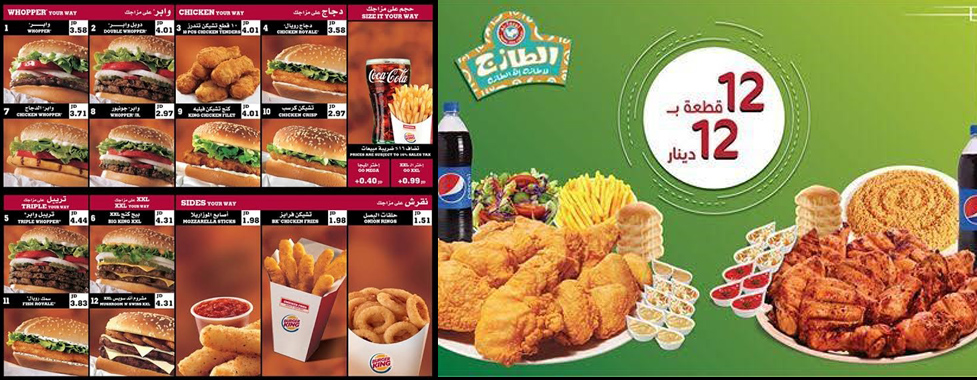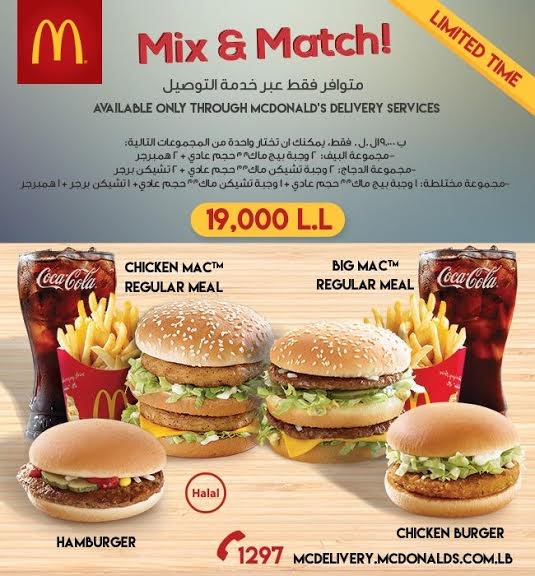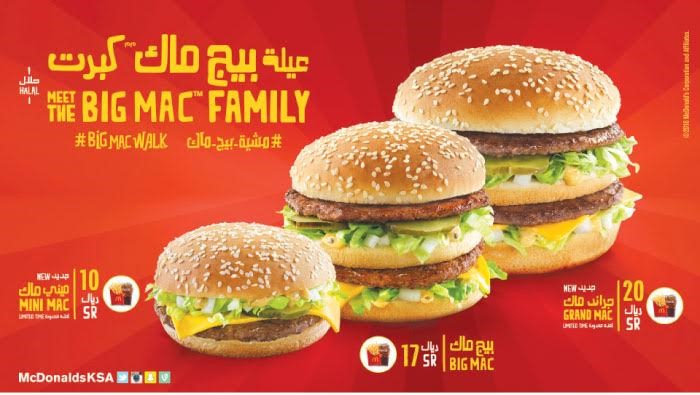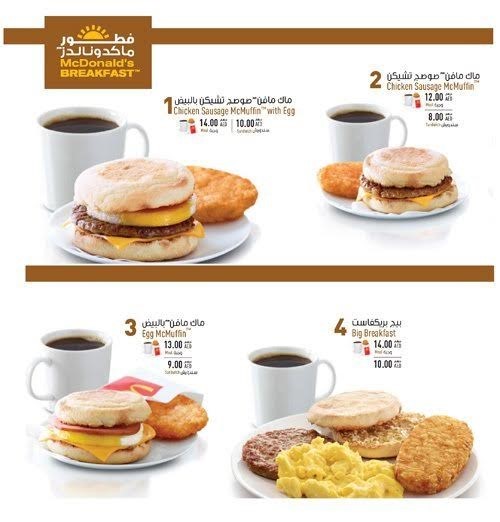The Ultimate Middle East Price Formats Guide
This article will focus on pricing formats in the MENA region, discussing the most common price formatting as well as other formats that are common. Below we talk briefly about the MENA region and later describe pricing in individual countries. We also indicate what types of numbers are used and the use of symbols, currency abbreviations, and use of commas or periods in most common pricing. It is also important to distinguish between pricing formats for small and large numbers so we include examples of both. Though we give examples of prices listed in both English and Arabic, English numerals are used at much higher rates than Arabic even when the source of the price is in Arabic.
MENA Region
This article focuses on pricing formats in the MENA region. MENA is an acronym which refers to the Middle East and North Africa, typically grouped together by international, economic, and academic organizations. MENA includes twenty-three countries but for the purpose of this article we will focus on Algeria, Bahrain, Egypt, Iraq, Jordan, Kuwait, Lebanon, Libya, Morocco, Oman, Palestine, Qatar, Saudi Arabia, Syria, Tunisia, United Arab Emirates, and Yemen. For more detailed information on the MENA region, see our preview blog post.
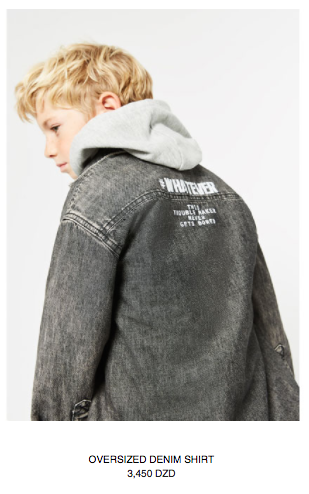 Pricing Formats in Algeria
Pricing Formats in Algeria
The currency in Algeria is the Algerian dinar, it is divided into 100 santeem (سنتيم). The French colonization of Algeria influenced the currency, naming santeem after the French word for cent, “centime.” The most commonly used pricing format in Algeria is the number followed by DZD (the ISO code for Algerian Dinar) while in Arabic prices are written with the word دينار or “dinar” proceeding English numerals revealing the price.
Examples of the most common pricing formats in English and Arabic:
Bag of apples- 190.82 DZD
Bag of apples- دينار 190.82 (before the number)
For larger purchases, it is more common for prices to be listed as follows:
Toyota Corolla – 2,322,727 DZD
Toyota Corolla – 2,322,727 دينار (before the number)
Pricing Formats in Bahrain
The currency in Bahrain is the Bahraini dinar (دينار), it is divided into 1000 fils (فلس). The second most valuable currency in the world, the Bahraini dinar is often abbreviated BD or BHD. The most common price format depends on the price of the item. In instances when the listing or menu is in Arabic, it is most common for دينار to be followed by the price written in English characters.
Examples:
Coca Cola — 0.608 BD
Coca Cola — دينار 0.608 (before the number)
New Home– 105,000 BHD
New Home– 105,000 دينار (before the number)
The currency in Egypt is the Egyptian pound (جنيه مصري) and is divided into 100 piastres، also called ersh/girsh (قروش). The Egyptian pound is written is several different ways including LE [which stands for livre égyptienne (Egyptian pound in French)], L.E., £E, EG, and EGP. The Egyptian pound has dropped to an unprecedented level at the close of 2016, selling at about 20 pounds per United States Dollar.
Regardless of the variety of ways to write the Egyptian pound, the most common pricing format in English consistently uses EGP. Pricing in Arabic typically show ج. م in front of smaller prices and جنيه for larger numbers.
Examples:
Koshary — 19.00 EGP
Koshary — ج. م 19.00 (before the number)
Used Audi Q7– 830,000 EGP
Used Audi Q7– جنيه 830,000 (before the number)
Pricing Formats in Iraq
The currency in Iraq is the Iraqi dinar (دينار) which is divided into 1000 fils (فلس) though due to inflation fils have been obsolete since 1990. The abbreviation in English is IQD and in Arabic د.ع , standing for Iraqi Dinar, as well as دينار spelled out.
Examples:
Soda — 522 IQD
Soda — 522 د.ع (before the number)
Car — 23,000 IQD
Car — 23,000 دينار (before the number)
Pricing Formats in Jordan
The currency in Jordan is the Jordanian dinar (دينار) which divides into 100 girsh, also called piastres (قروش). The abbreviation in English is most commonly JOD as well as JD. The Arabic word دينار is commonly used as well as its abbreviation د.ا. Pricing formats depend on whether English or Arabic is being primarily used, with the English pricing format being used more commonly. Though the Hashemite Kingdom is the only official location for the Jordanian dinar, it is also commonly used informally in the West Bank.
Examples:
Burger — 3.58 JD or JOD (used interchangeably)
Burger — د.ا 3.58 or دينار (before the number, used interchangeably)
Lexus IS 2013 — 26,500 JOD
Lexus IS 2013 — 26,500 دينار (before the number)
Pricing Formats in Kuwait
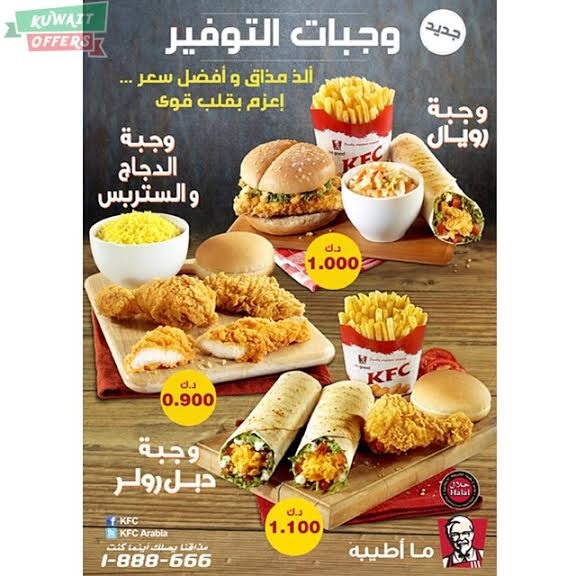 The currency in Kuwait is the Kuwaiti dinar (دينار) and is divided into 1,000 fils (فلس). The Kuwaiti dinar has been the most valuable currency in the world since 2013, benefitting highly from the nation’s crude oil. It is abbreviated KWD or KD in English and د.ك standing for Kuwaiti dinar in Arabic. Like many of the gulf states, business is often conducted in both English and Arabic and there is a common pricing format for each language on many products. In general, prices are typically written in English.
The currency in Kuwait is the Kuwaiti dinar (دينار) and is divided into 1,000 fils (فلس). The Kuwaiti dinar has been the most valuable currency in the world since 2013, benefitting highly from the nation’s crude oil. It is abbreviated KWD or KD in English and د.ك standing for Kuwaiti dinar in Arabic. Like many of the gulf states, business is often conducted in both English and Arabic and there is a common pricing format for each language on many products. In general, prices are typically written in English.
Examples:
Camera — 24.623 KD or KWD (used interchangeably)
Camera — 24.623 د.ك (before number)
Car — 5,789.900 KWD
Car — د.ك 5,789.900 (before number)
Pricing Formats in Lebanon
The currency in Lebanon is the Lebanese pound, previously divided into 100 piastres/qirsh (قروش) but inflation has since rid of the subdivision. Abbreviated LBP or LL in English and abbreviated in Arabic as د. أ or ل.ل standing for Lebanese Lira (ليرة لبنانية in Arabic). Because French, Arabic, and English are all common languages in Lebanon, the pricing formats typically are in the most common language of target customers or presented with pricing in multiple languages.
Examples:
Dress — 1,000 LBP or LL (used interchangeably)
Dress — ل.ل 1,000 (before number)
House — 1,035,000 LBP
House — 1,035,000 د. أ or ل.ل (before number, used interchangeably)
Pricing Formats in Libya
The currency in Libya is the Libyan dinar (دينار), which is divided into 1000 dirham (درهم). The accepted abbreviation in English is most often LD or LYD and in Arabic, it is ل.د or written out as دينار. The nation’s currency has remained in the top ten most valuable in the world, despite the revolution of 2011 that made most other aspects of life unstable.
Examples:
1 liter of Milk —2.42 LD or LYD (used interchangeably)
1 liter of Milk — 2.42 دينار (before number)
Apartment— 40,000 LYD
Apartment— 40,000 د.ل/ دينار (before number, used interchangeably)
Pricing Formats in Morocco
The currency in Morocco is the Moroccan dirham (درهم), divided into 100 santimat (سنتيمات). The grammatically correct plural form of the currency is ‘darahim’, but in French and English ‘dirhams’ is also spoken. The official abbreviation in English is MAD but the most common pricing format is often the number preceding DH and in Arabic د.م. Though English, French and Arabic are all commonly used in the country, English price formatting is most common.
Examples:
Coffee —12.67 DH
Coffee — د.م 12.67 (before number)
House—1 300 000 DH or MAD (used interchangeably)
House— د.م 1.300.000 (before number)
Pricing Formats in Oman
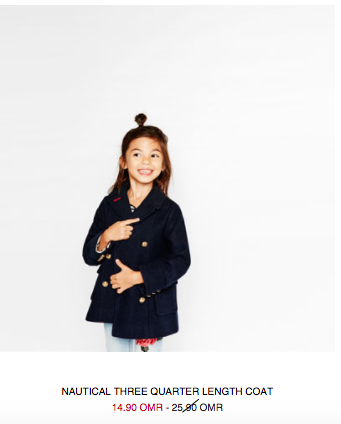 The currency in Oman is the Omani rial and is divided into 1000 baisa (بيسة). The accepted abbreviation is OMR in English and ريال in Arabic is abbreviated to ر.ع. The most common pricing format is the number preceding ر.ع while in English the number precedes the abbreviation OMR. Despite selling its oil at a decimal of prices prior to 2014, Oman remains one of the top currencies in the world.
The currency in Oman is the Omani rial and is divided into 1000 baisa (بيسة). The accepted abbreviation is OMR in English and ريال in Arabic is abbreviated to ر.ع. The most common pricing format is the number preceding ر.ع while in English the number precedes the abbreviation OMR. Despite selling its oil at a decimal of prices prior to 2014, Oman remains one of the top currencies in the world.
Examples:
Pack of cigarettes —1.15 OMR
Pack of cigarettes — ر.ع 1.15 (before number)
House— 110,000 OMR
House— 110,000 ريال (before number)
Pricing Formats in Palestine
The currency in the State of Palestine is the Israeli shekel (شيكل), divided into 100 agorot (اغورات) . The accepted currency sign is ₪ and its English abbreviation is ILS. Frequently, Palestinian companies and products use the abbreviation ش.ج preceding numerals. Despite the official tender of Palestine being ILS, often times the Jordanian dinar is also accepted as currency in the West Bank and the Egyptian pound is used in Gaza.
Examples:
Domestic Beer — 8.5 ILS
Domestic Beer — ش.ج 8.5 (before number)
House — ₪670,000
House — 670,000 ش.ج (before number)
Pricing Formats in Qatar
The currency in Qatar is the Qatari riyal (ريال), which is divided into 100 dirhams (درهم). The abbreviation is either QR or QAR in English and ر. ق in Arabic, standing for Qatari Riyal. The most common pricing format depends greatly on the product and target audience, as the state operates typically in both languages. Often times, prices are available with both the Arabic abbreviation and the English.
Examples:
McDonald’s Big Mac Meal —18.00 QR
McDonald’s Big Mac Meal —18.00 ر.ق (before number)
Car — 150,000 QAR
Car — ر.ق 150,000 (before number)
Pricing Formats in Saudi Arabia
The currency is known as the Saudi riyal (ريال), abbreviated SAR and more often SR in English or ريال/ر.س in Arabic. The currency is divided into 100 halalas (هللة), or 20 girsh (قروش), with each girsh representing 5 halalas. Since a lot of business is conducted in English, pricing formats are typically offered in both English and Arabic.
Examples:
Doner Sandwich — 2.70 SR
Doner Sandwich — 2.70 ريال (before the number)
Car — 108,000 SAR
Car — 108,000 ريال (before the number)
The currency in Syria is the Syrian pound ( الليرة السورية), divided into 100 qirsh (قورش). The common abbreviations are LS (standing for livre syrienne in French), SYP (ISO code), or ل.س in Arabic. Because of French influence in Syria, the most common pricing formats is the number followed by LS. However, it is also common to see a number followed by £S (the pound symbol followed by S to denote Syria).
Examples:
Water Bottle — 200 LS
Water Bottle — ل.س 200 (before number)
Car — 4,300,000 LS
Car — 4,300,000 ل.س (before number)
Pricing Formats in Tunisia
The currency in Tunisia is the Tunisian dinar (دينار), abbreviated DT or TND in English and د.ت standing for Tunisian Dinar in Arabic. The Tunisian dinar is divided into 1000 milim (ملّيم). The abbreviation DT is the most commonly used price format for smaller prices while TND is used for larger purchases. In Arabic, the abbreviation د. ت is used for cheaper products while the full form دينار is written out for more expensive goods.
Examples:
Loaf of bread — 0.40 DT
Loaf of bread — د.ت 0.40 (before number)
Car — 250.000 TND
Car — دينار 250.000 (before number)
Pricing Formats in United Arab Emirates
The currency in the United Arab Emirates is the dirham (درهم), abbreviated AED in English and د.إ in Arabic. The dirham is divided into 100 fils (فلس). The most common pricing format depends on whether the dominant language being used is Arabic or English and most often both versions are offered. In Arabic, most frequently the number preceded by درهم and in English, the most used is AED followed by numerals.
Examples:
Cappuccino — AED 190.00
cappuccino — درهم 190.00 (before number)
Car — AED 108,000
Car — 108,000 درهم (before number)
Pricing Formats in Yemen
The currency in Yemen is the Yemeni rial, abbreviated YER in English and simply ريال in Arabic. The rial is divided into 100 fils (فلس). Many restaurants and businesses that work with international companies or have many foreign customers also have prices listed in English though the majority of prices are listed in Arabic. Largely due to civil war, the rial has been at a steady decline in 2016, causing the middle class shrink.
Examples:
One dozen eggs —1.73 YER
One dozen eggs —1.73 ريال (before number)
Car — 97,000 YER
Car — 97,000 ريال (before number)
